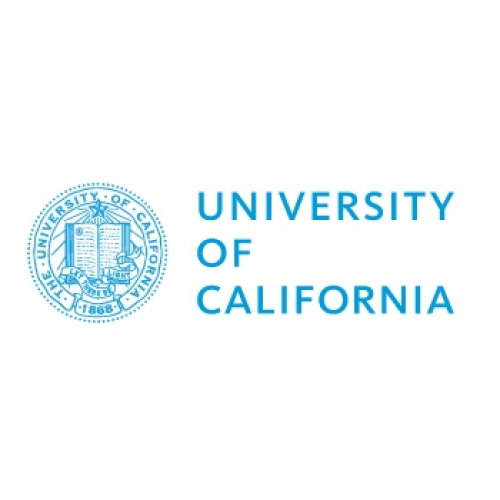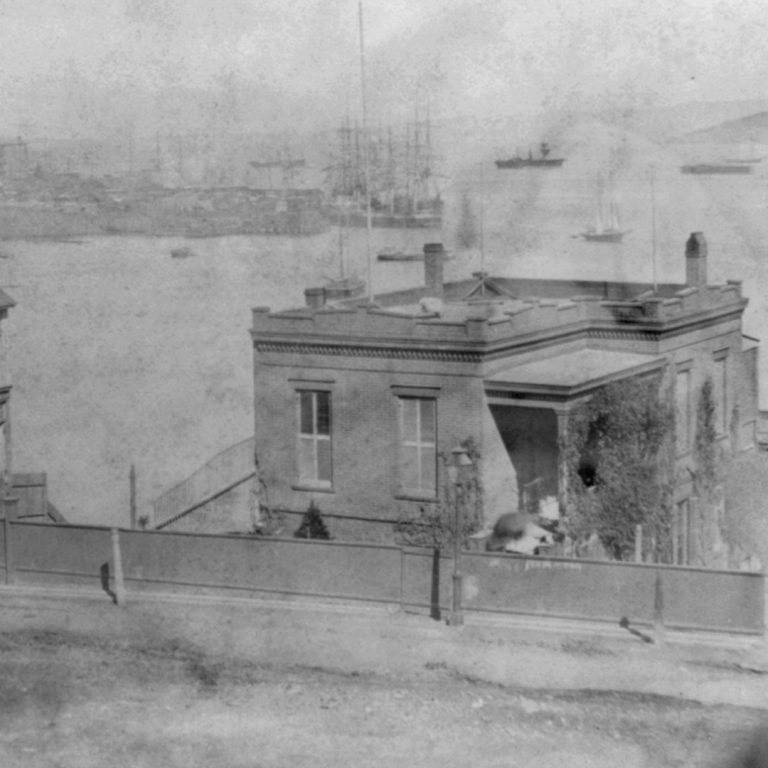The University of Southern California College of Medicine was established
On Oct. 6, 1880, University of Southern California College of Medicine (USC) was established, the first in Southern…

On Oct. 6, 1880, University of Southern California College of Medicine (USC) was established, the first in Southern…

On Mar. 23, 1868, the University of California (UC) was founded, and in 1869 the University opened its…

In 1853, the first marine hospital in San Francisco was completed with special funds appropriated by Congress. The…